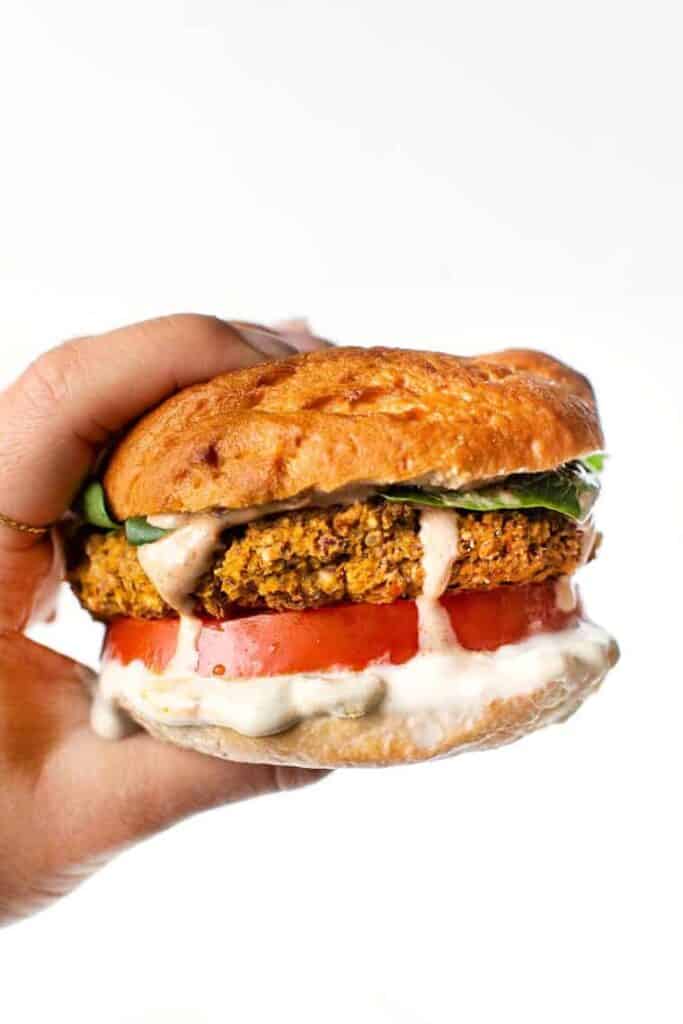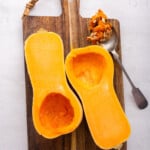Looking for some easy butternut squash recipes to add to your repertoire? These are some of my favorites!
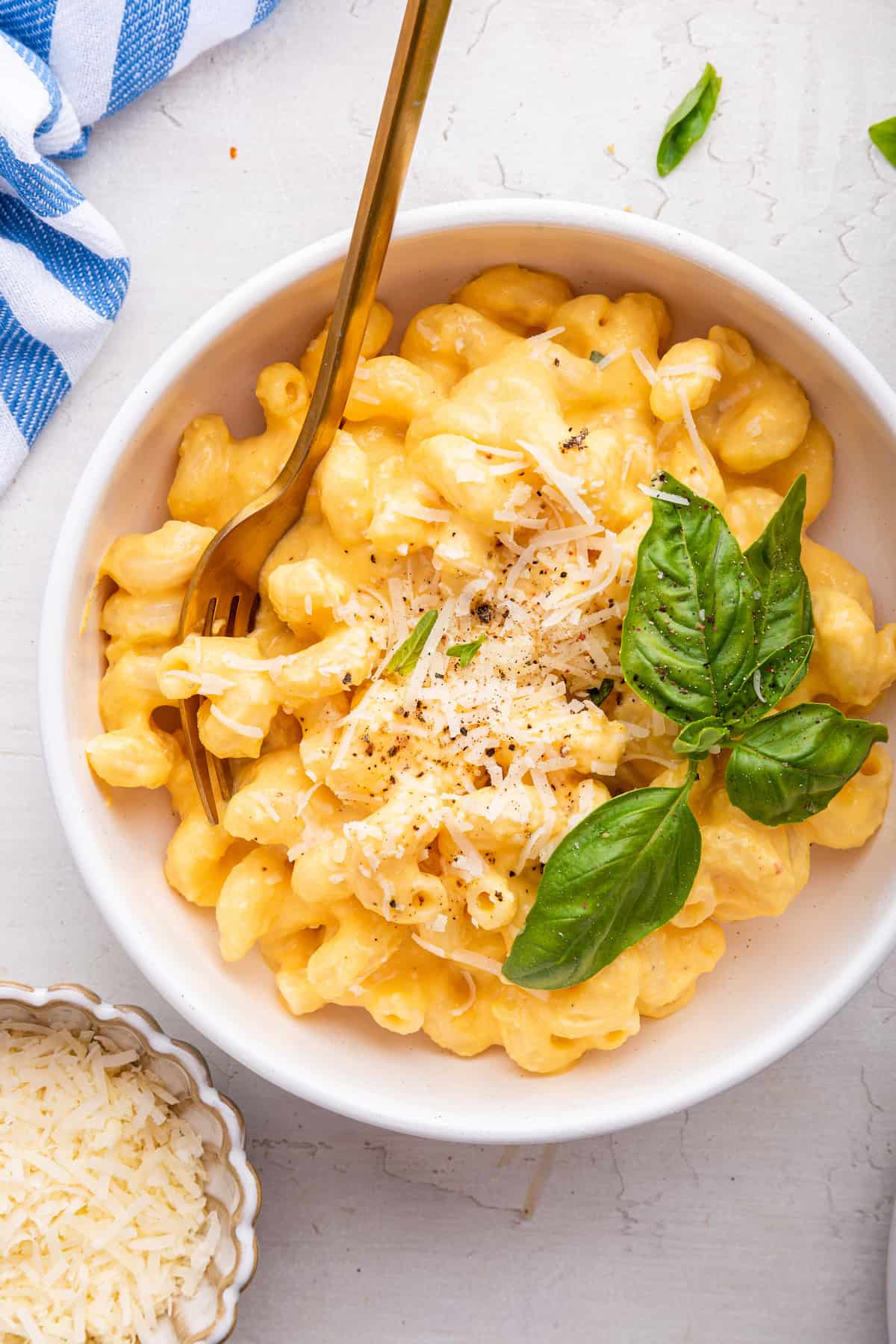
Of all the winter squash varieties out there, I think we can agree that butternut squash is the best, right? Or at least one of the best! It’s naturally sweet, a little bit nutty, and cooking only makes it sweeter and nuttier.
Before we jump into my favorite easy butternut squash recipes, let’s cover Squash 101—the ins and outs of cooking with butternut squash.
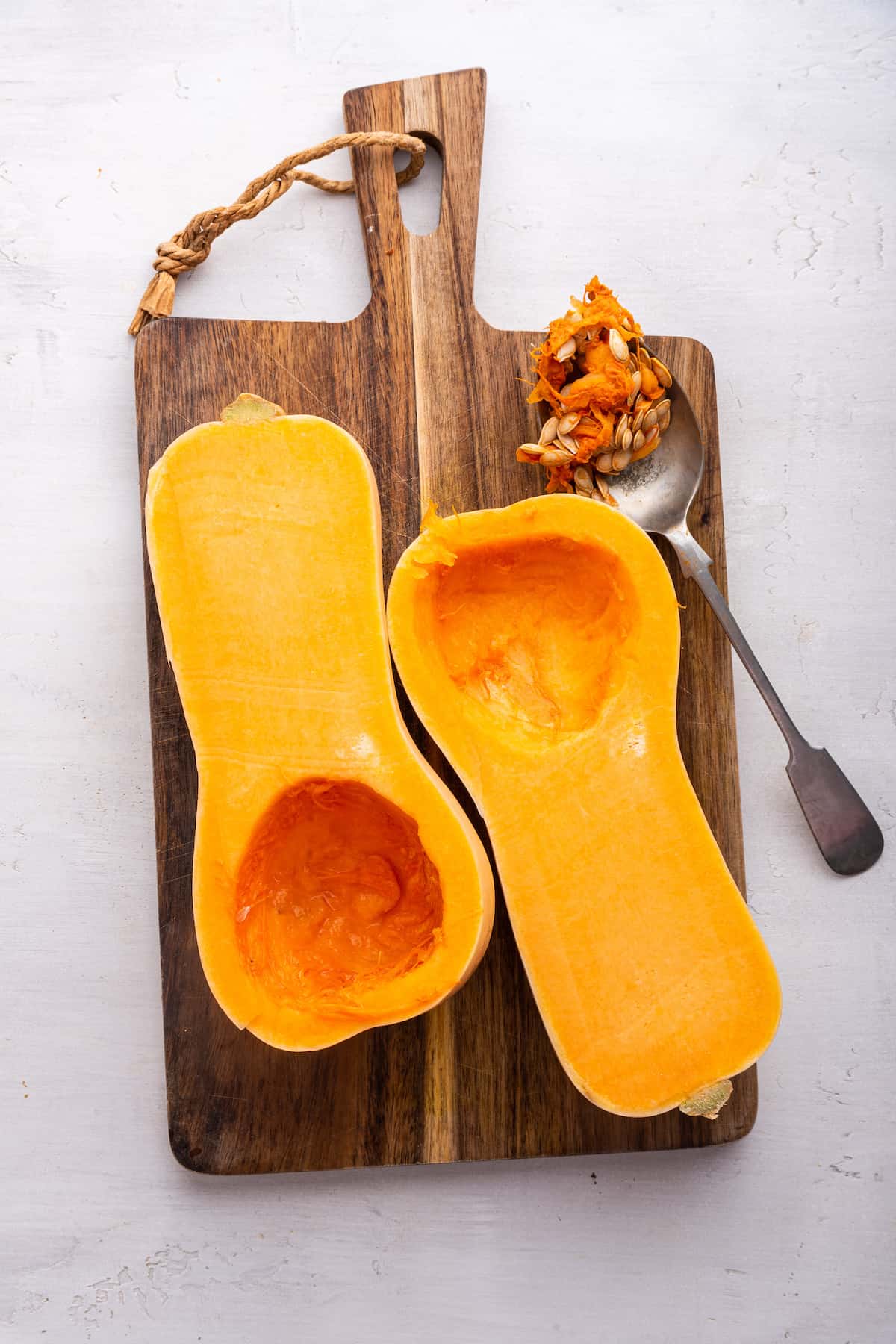
How Do You Select a Good Butternut Squash at the Grocery Store?
First and foremost, when you're shopping for a butternut squash to use in a recipe, look for a squash that is firm all around and feels heavy for its size. This indicates that it is fresh and ripe. Avoid butternut squash with soft spots or gashes, as these are either signs of spoilage or a spot where spoilage is likely to occur soon.
Another important factor to consider is the color. A good butternut squash should have a deep, rich color, ranging from light beige to dark orange. Avoid squash that are pale or have a greenish tint, as these may not be fully ripe.
Finally, pay attention to the stem of the squash. It should be intact and dry. If it’s moist or moldy, the squash is probably old, spoiled, or on the verge of spoiling.
How Do You Prep Butternut Squash for Cooking?
The shape of butternut squash can make it a little bit intimidating when it comes to prep. Many butternut squash recipes will have instructions for preparing the squash.
My best advice if you’re cubing butternut squash is to consider the top and the bottom as two separate entities. Cut off the neck of the squash, then peel and cube it. The bulbous end has seeds in the middle, so you’ll want to peel that first, then cut it in half and scoop out the seeds and pulp before cubing. (The seeds can be roasted just like pumpkin seeds!)
If you’re roasting squash to mash or puree, prep is much easier. Simply cut the squash in half lengthwise, scoop out the seeds and pulp, then roast as directed.
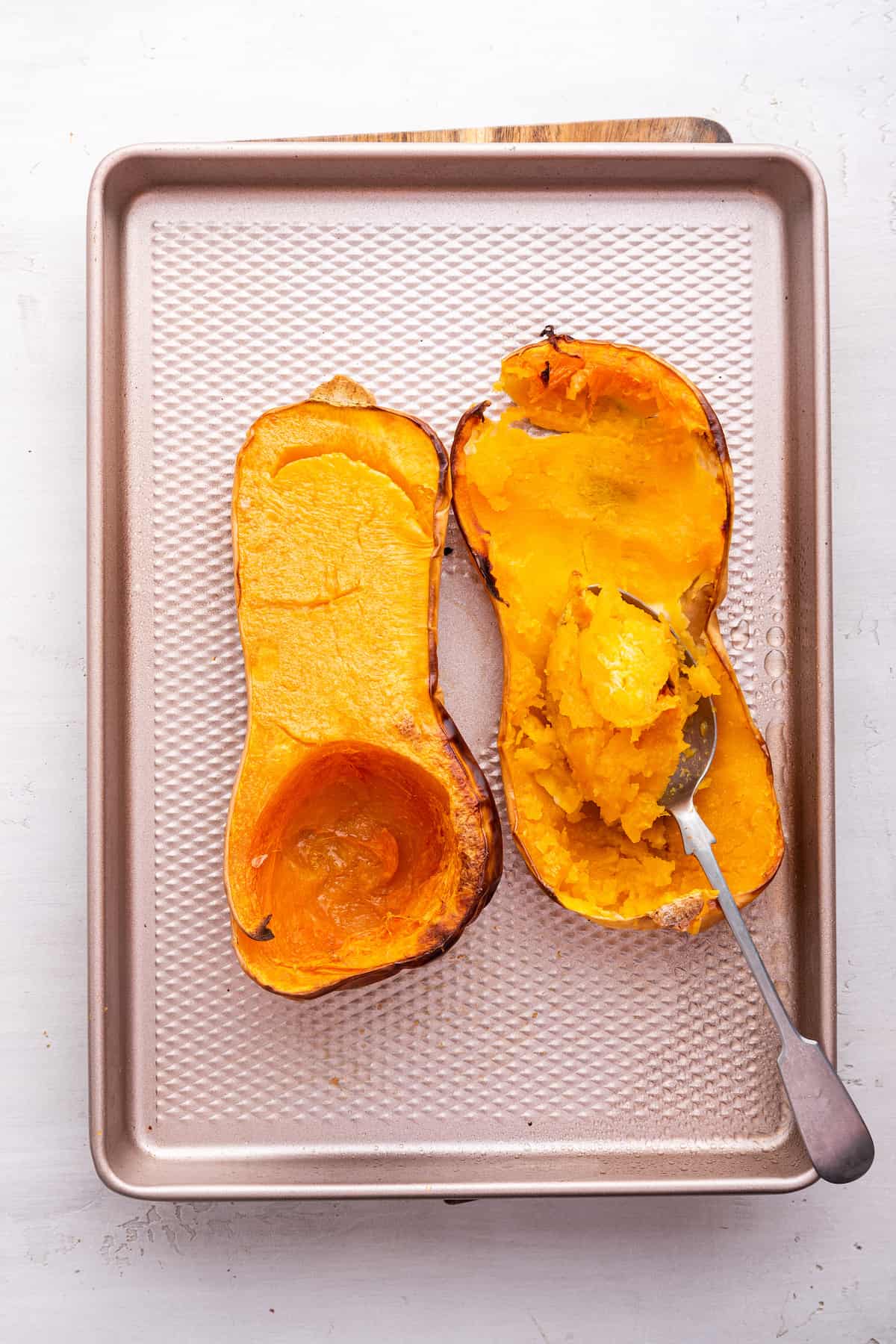
Do You Have to Peel Butternut Squash Before Cooking?
The short answer is no, you do not have to peel butternut squash before using it in recipes. The longer answer is: it depends and here’s why.
Like acorn squash, the skin on butternut squash is edible. But if you find acorn squash skin unpleasant to eat, you’ll definitely dislike butternut squash skin, which is even tougher. For this reason, most recipes do recommend peeling and discarding the skin.
Alternatively, you can also roast the squash whole or halved with the skin on, as described above. Once cooked, the skin can easily be removed and you can use the flesh for your recipe.
Is Butternut Squash Good for You?
Butternut squash is a nutritious ingredient to incorporate into your meals. It's low in calories and high in fiber and it also contains vitamins A, C, and E, as well as minerals like potassium and magnesium.
My Favorite Easy Butternut Squash Recipes
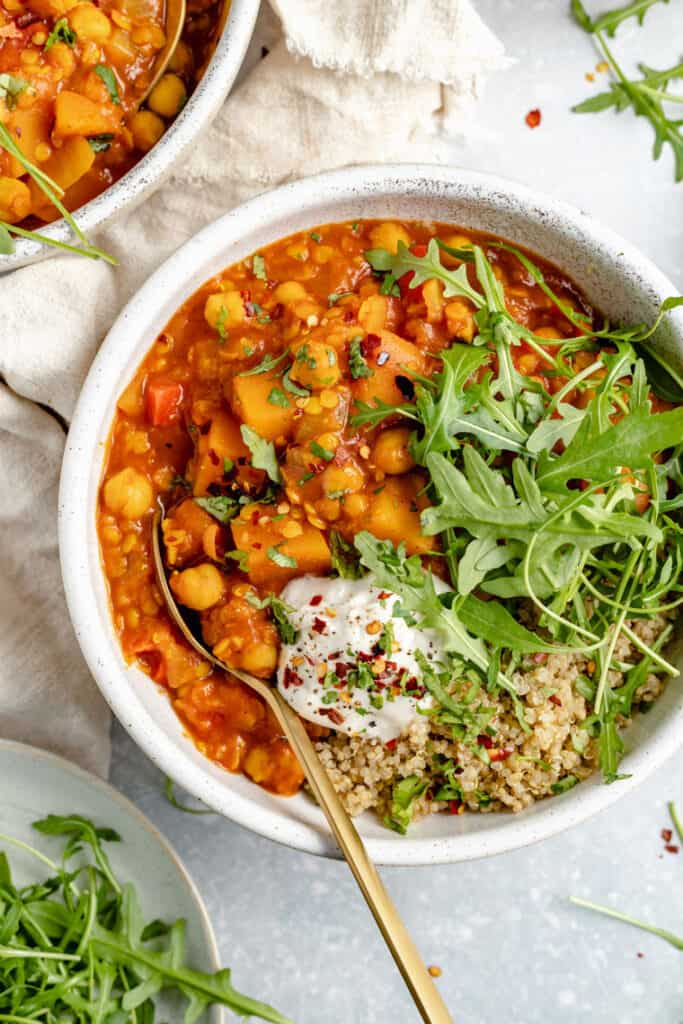
Moroccan Chickpea Stew in the Slow Cooker
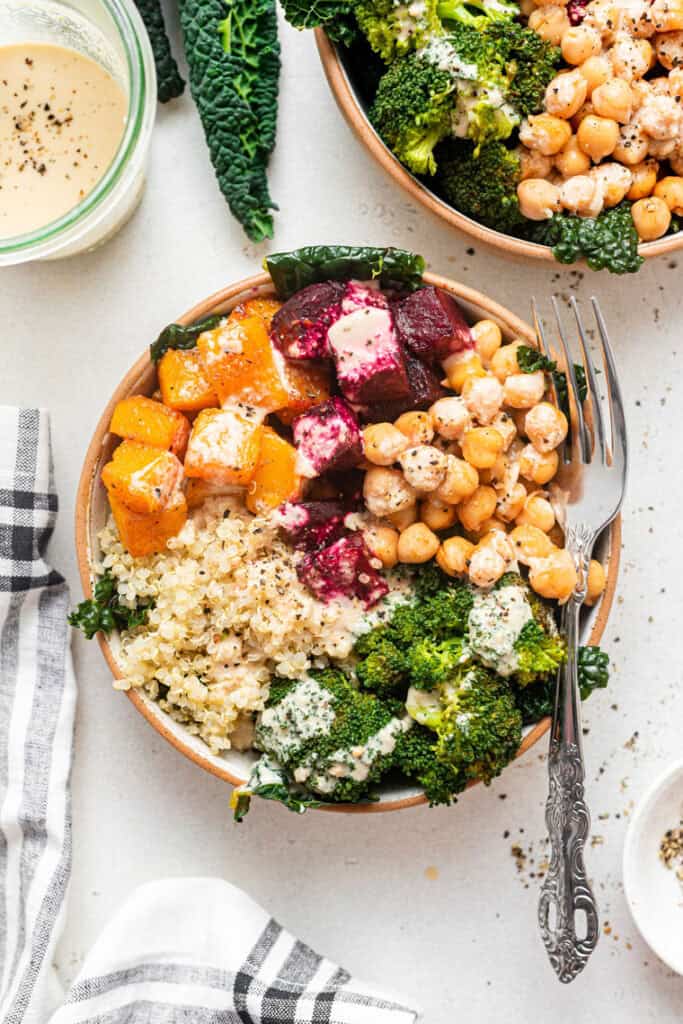
Glowing Winter Quinoa Bowls
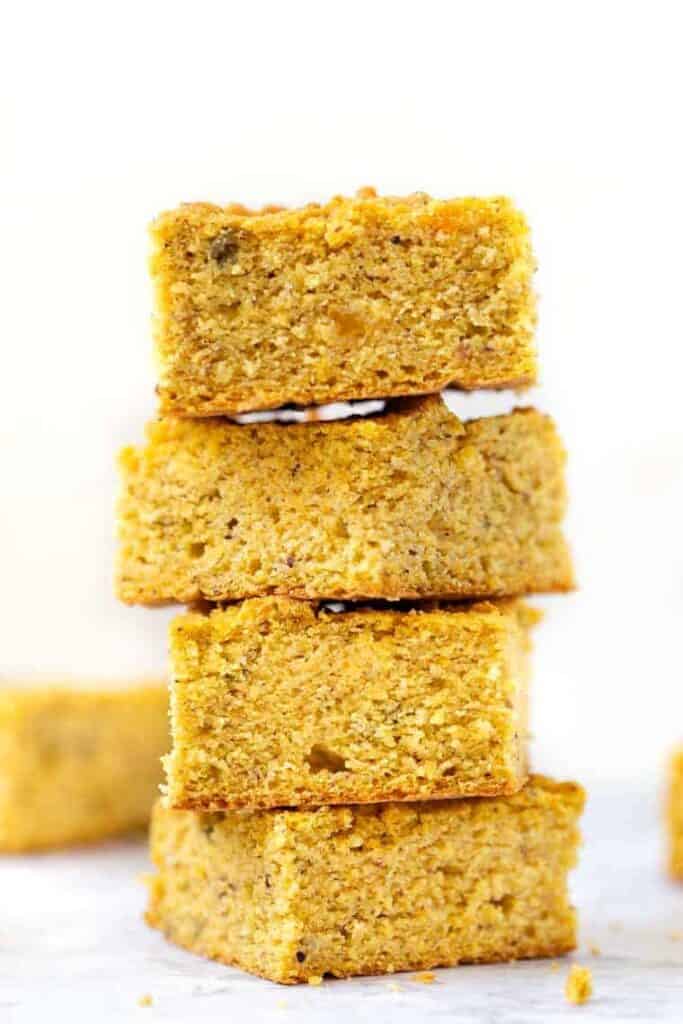
Butternut Squash Cornbread
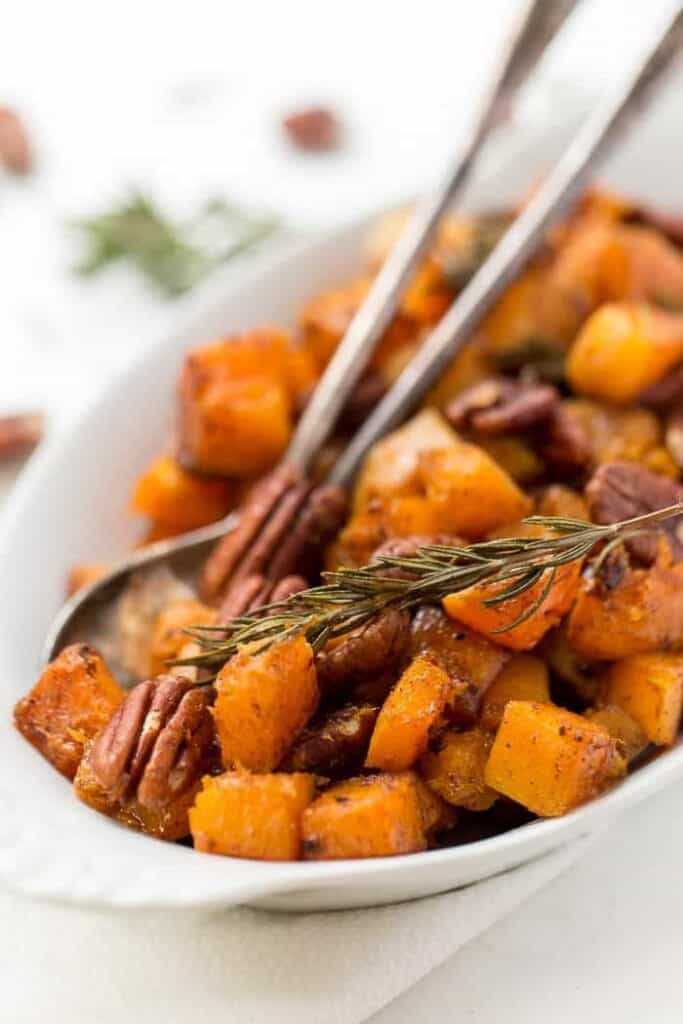
Roasted Butternut Squash
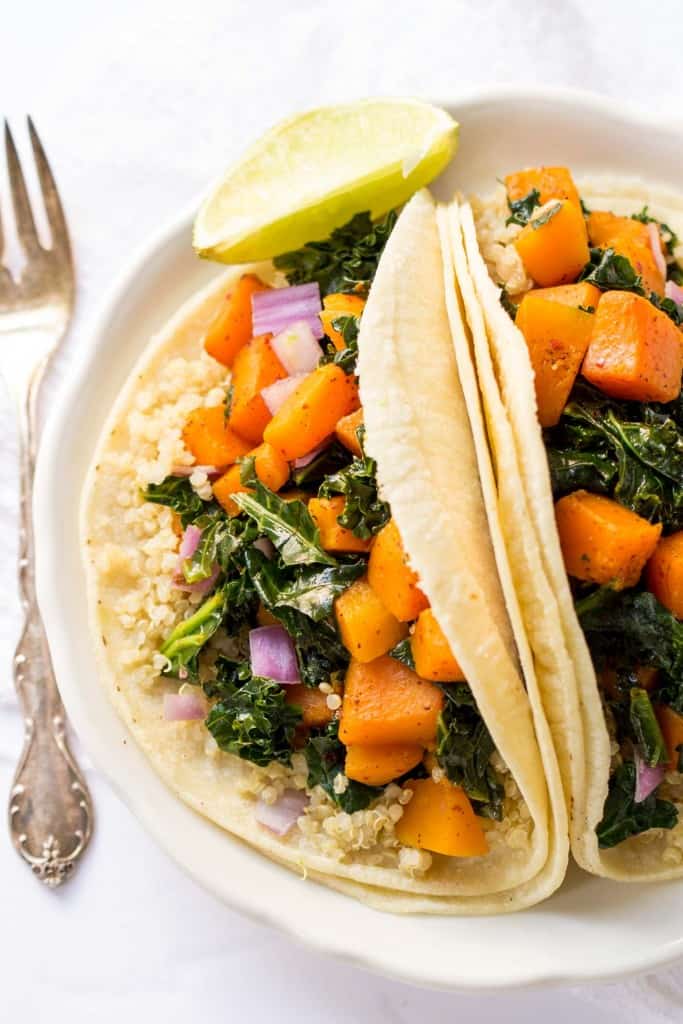
Quinoa Breakfast Tacos with Kale + Butternut Squash
![Butternut Squash + Apple Soup -- made with roasted vegetables, rosemary, cinnamon and a ton of other spices! [VEGAN]](https://www.simplyquinoa.com/wp-content/uploads/2012/01/butternut-squash-apple-soup-5-683x1024.jpg)
Roasted Butternut Squash Soup Recipe
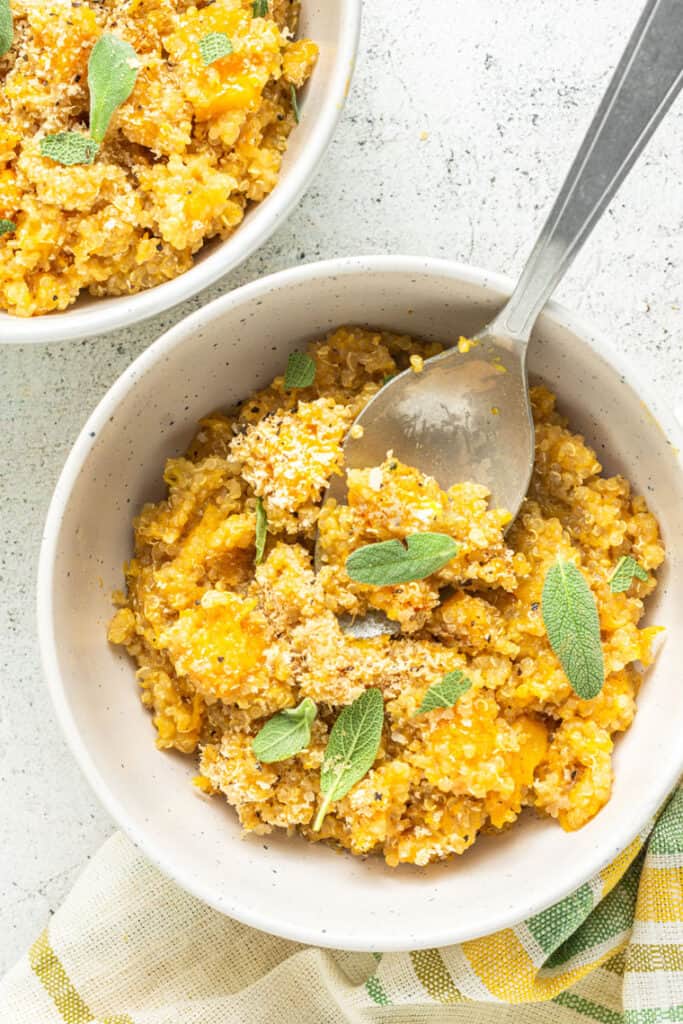
Butternut Squash Quinoa Risotto
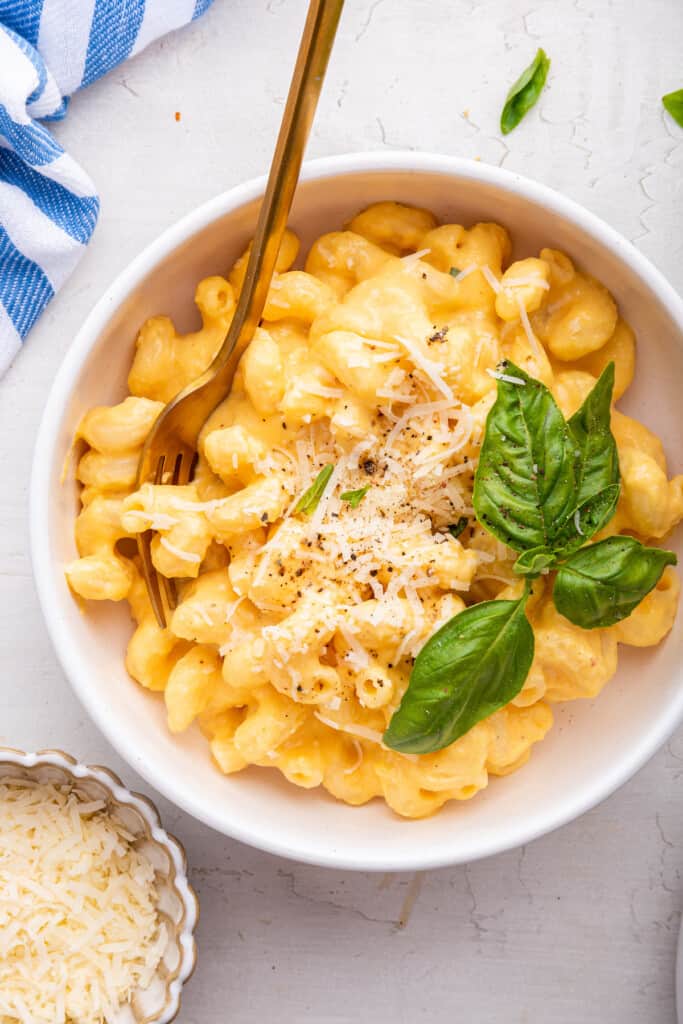
Butternut Squash Mac and Cheese
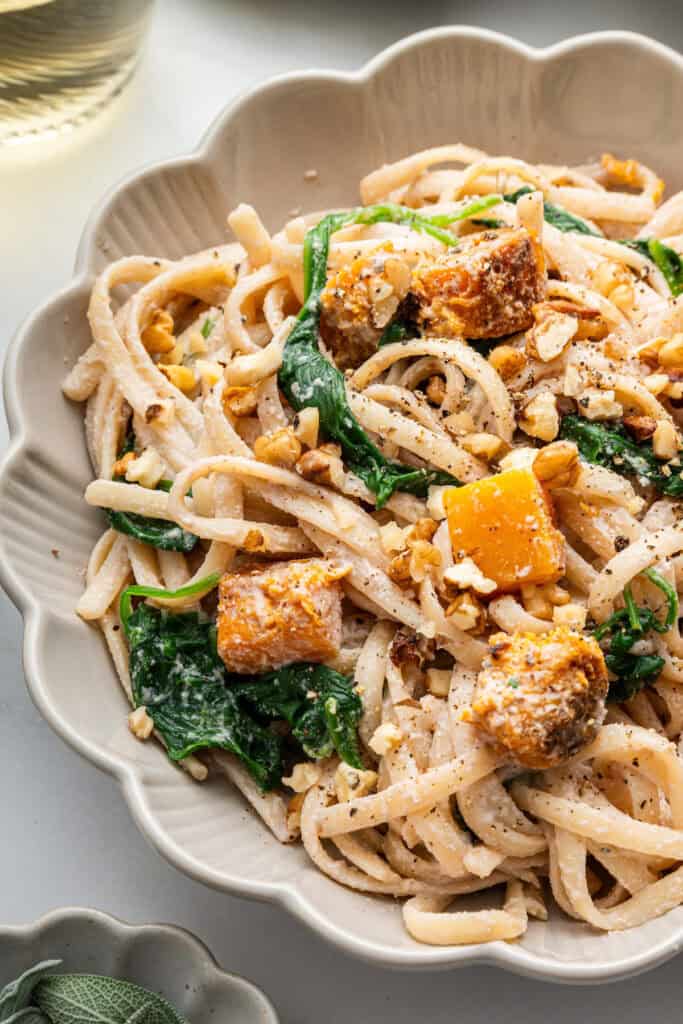
Walnut Pasta With Butternut Squash
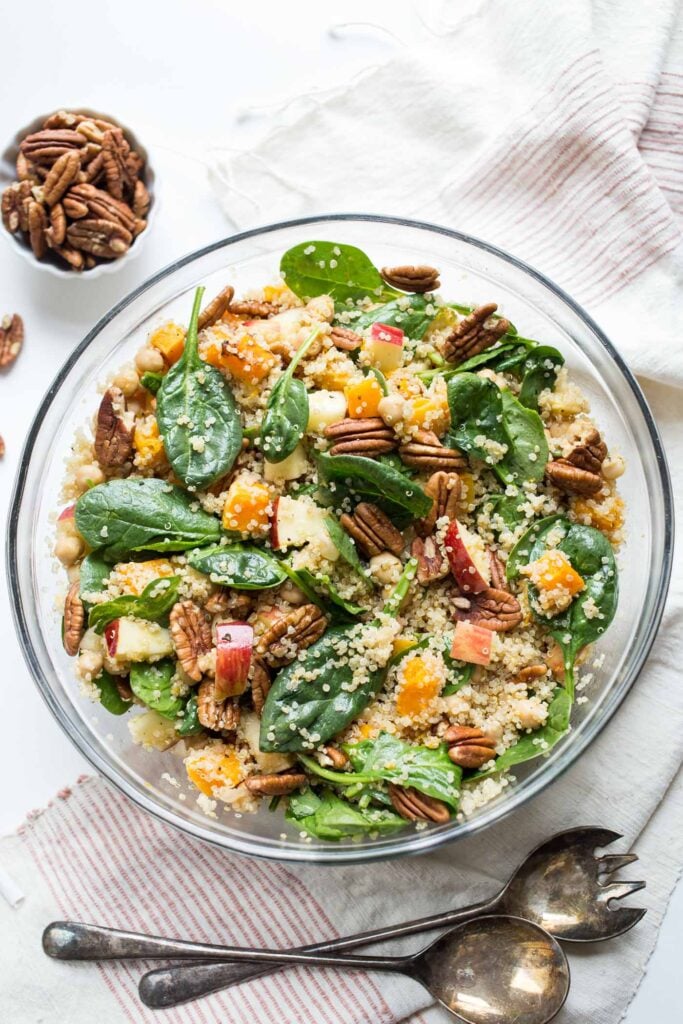
Butternut Squash Quinoa Salad
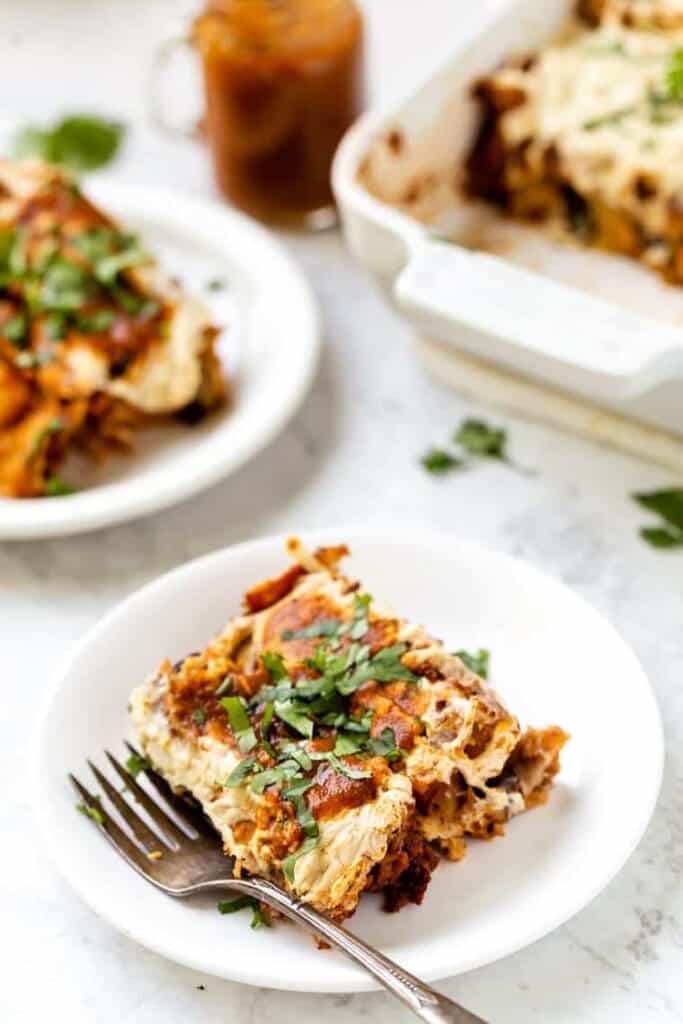
Vegan Black Bean Enchiladas
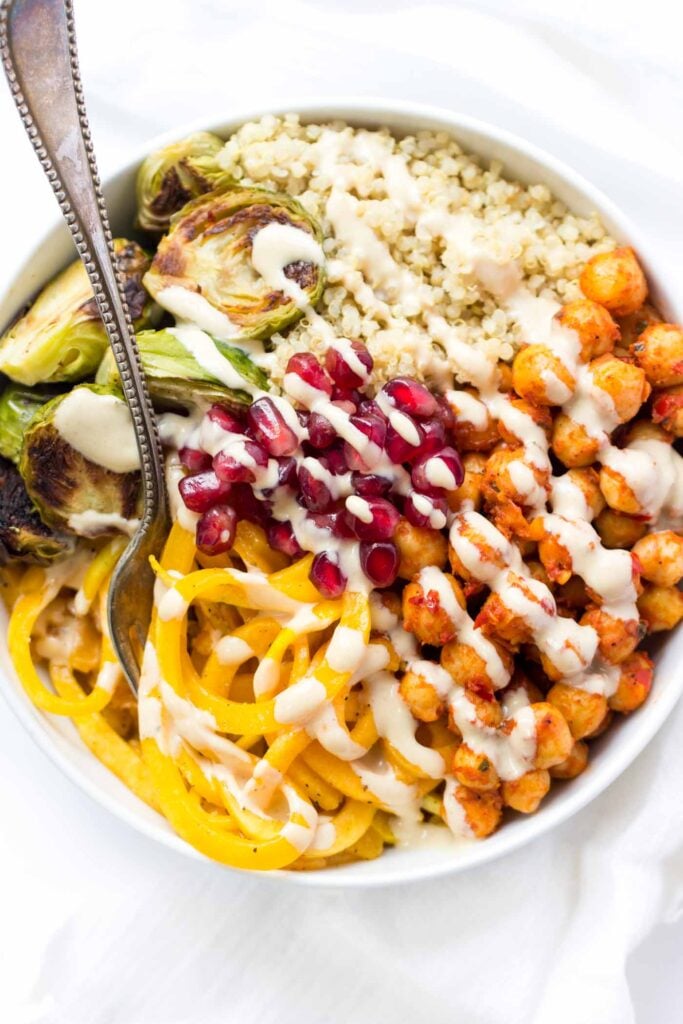
Spiralized Butternut Squash Bowls with Harissa Chickpeas + Quinoa
